Welcome to issue 97 of the Call to Comms!
To ensure we meet the humanitarian needs of displaced Ukrainians, we collect regular feedback from people living in shelters we connect, as well as shelter managers. This week, we give you an overview of these last six months – with information on how displaced people use the Internet, but also how we identify shelters to connect.
Also this week: an interview with one of our partners, previously only in video and now available to read, and an article on the impact of climate change on population displacement.
Connecting displaced people in Ukraine
Discover the latest information, figures and testimonies on this project.
Key figures
- 22 centers supported currently
- +1,500 currently live in centers TSF connects
- +15,600 unique devices connected since the beginning of the project
How do IDPs use the Internet?
There were four main uses identified in these past six months:
- Education: 100% of children or students use the connection for educational purposes
- Access to information: IDPs are able to use online group chats for information, coordination & updates on aid
- Contact loved ones: 93% of beneficiaries use the connection to contact their loved ones
- Remote work: 72% of working beneficiaries use TSF’s connection to remote work
“We have kids who study online—it’s very important. Two are fully online. There’s also a teacher and a kindergarten principal working remotely. Money is tight, so this really helps.”
A center manager.
How do we pick shelters to connect?
TSF identifies shelters that do not have access to the Internet from a list of active collective sites. From there, to ensure our action benefits as many people as possible, we select the most populated shelters, and connect them.
Most of the centers are either close to the territories of armed conflict, or in the Western region of Ukraine, away from the conflict. TSF connects centers both in cities close to the armed conflict, such as Dnipro, and in the western regions, such as Lviv.
For many living in temporary shelters, this free access to the Internet is a way to stay afloat during the war, enabling people to find support in their loved ones across the country, to access information on the situation, to continue their education, and more.
“We live together with my husband. My husband has a disability, and so do I. For me, access to free Internet is an opportunity to save every month and buy medicine.”
Olena, IDP.
21 years of supporting TSF’s humanitarian action
AT&T and TSF’s partnership has been going for more than 20 years. We interviewed Jennifer Enderlin, Director of CSR at AT&T a few months ago – you can now read the complete interview in written form, and learn more about our collaboration, including how their response to disasters in the US connects with TSF's work.
“Our purpose at AT&T is to connect people to greater possibilities, and TSF really helps us achieve this.”

In case you missed it: Climate Change & Population Displacement
Environment Day reminds us how crucial it is to preserve our planet's common resources and, at the same time, to promote a better distribution of all resources, so that all human communities can live in dignity everywhere on Earth.
Unfortunately, the consequences of climate change are already visible in living conditions in different parts of the world. In this article, we explored the links between climate change and increased migration.
“Air pollution causes 7 million premature deaths annually, so it is understandable if people feel compelled to migrate in search of clean air to safeguard their health.”
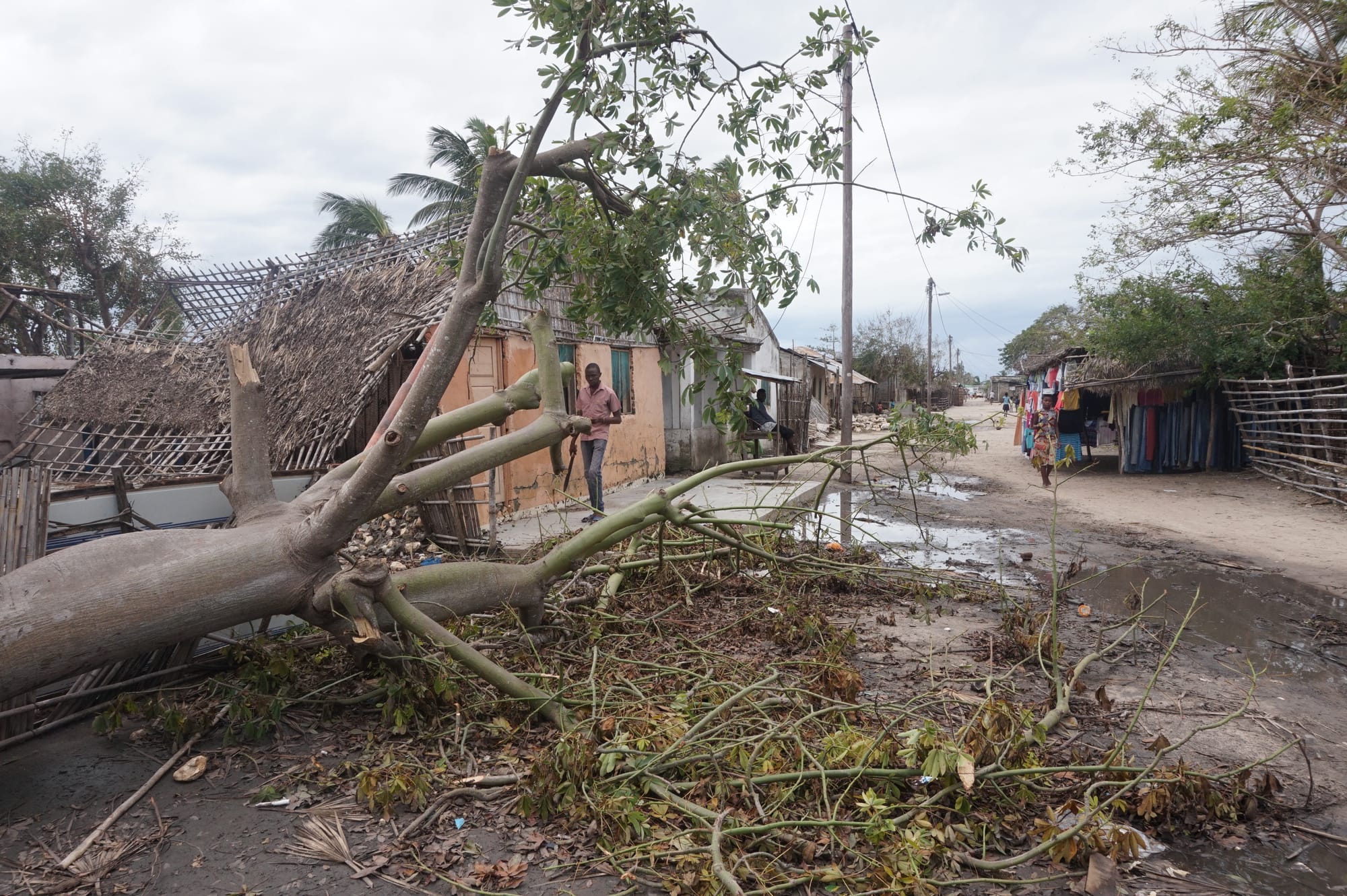
See you in two weeks!


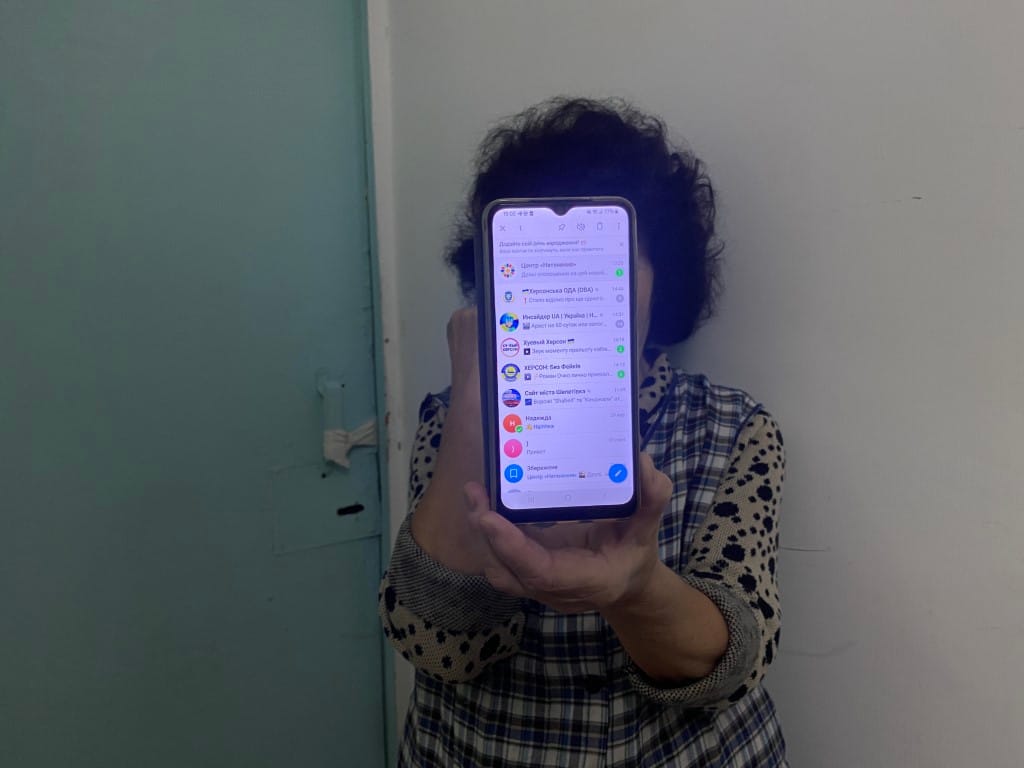
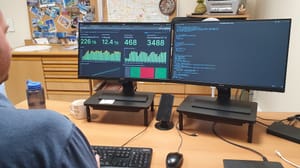

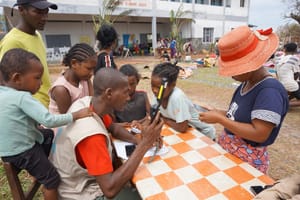
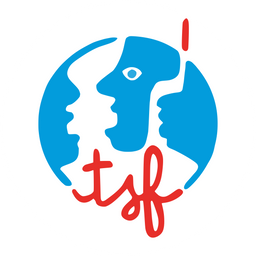

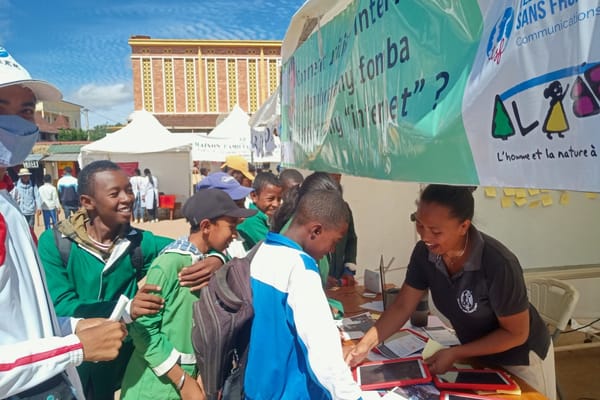
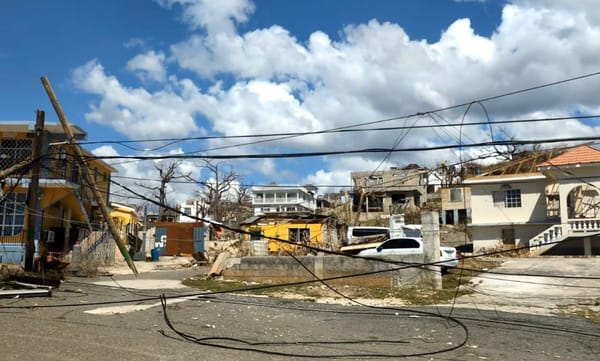

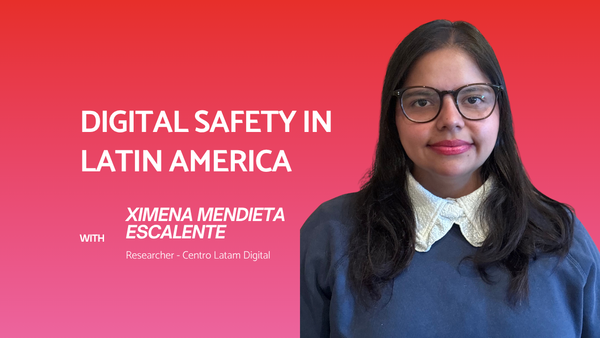
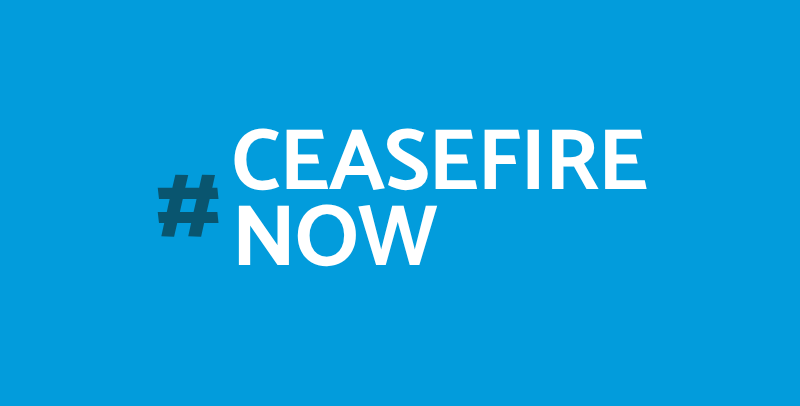
Member discussion